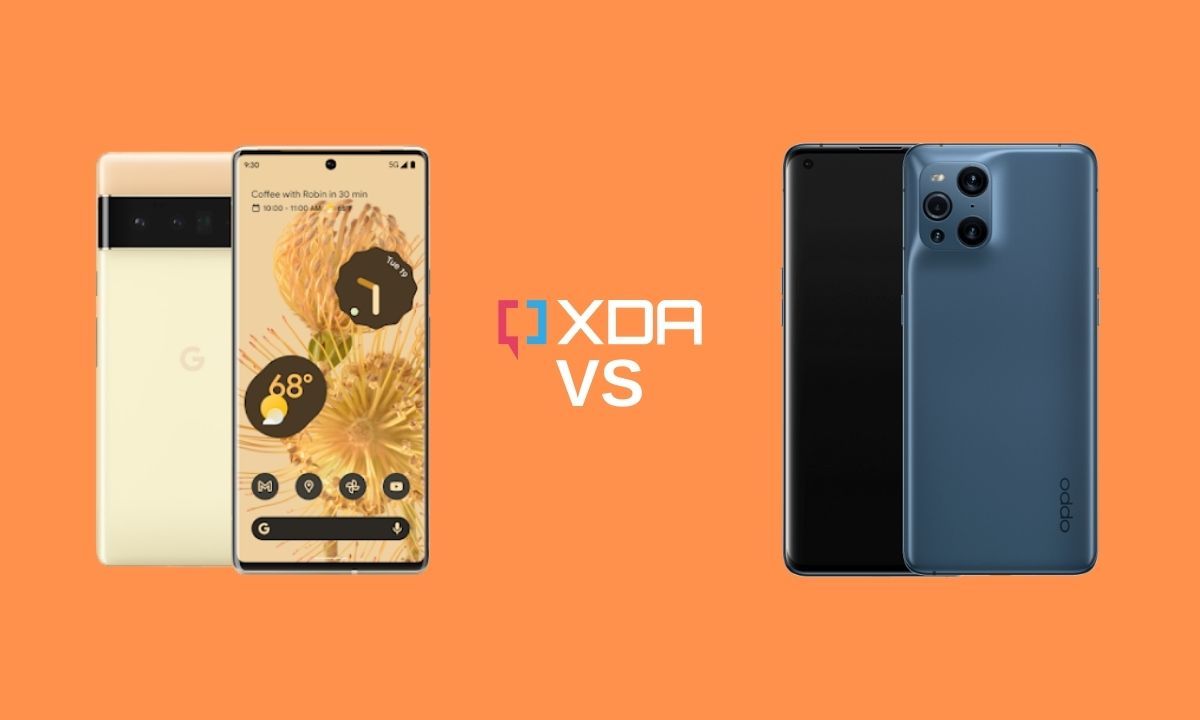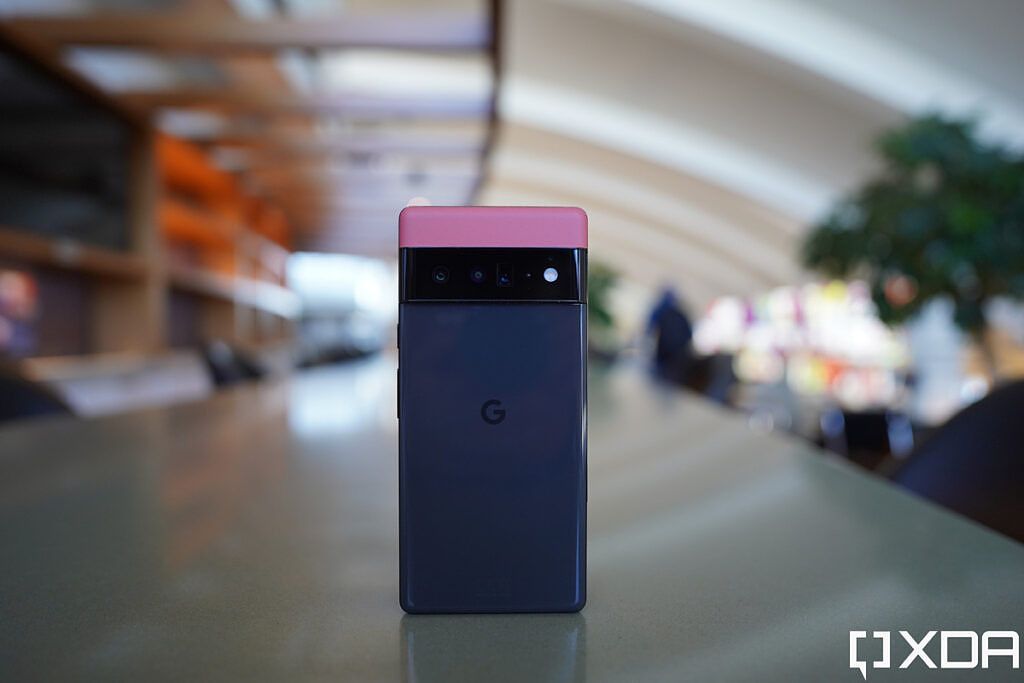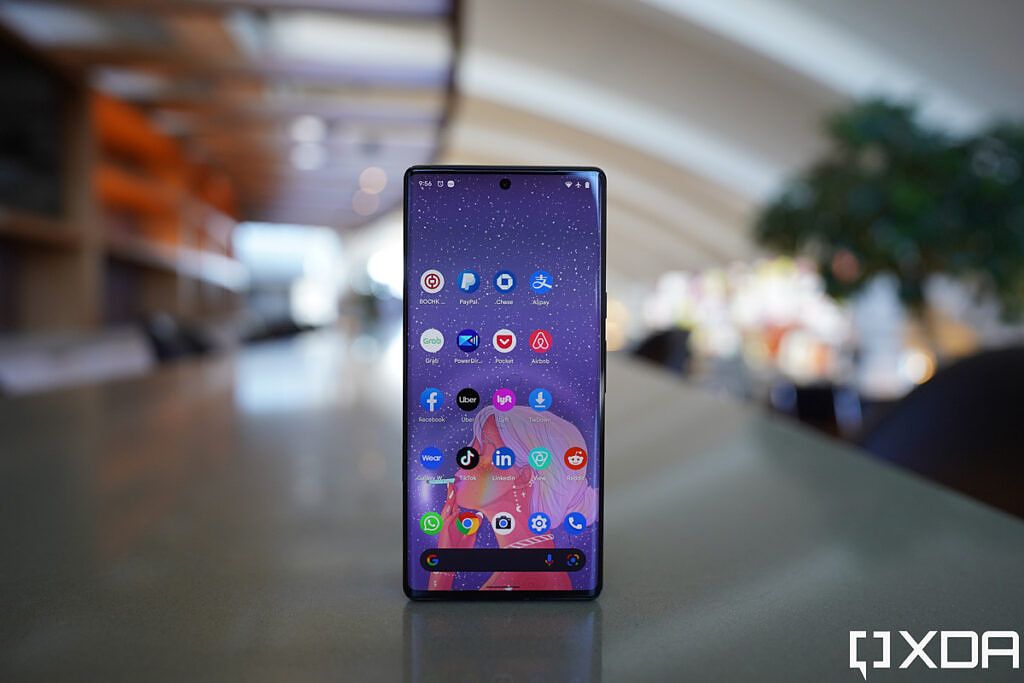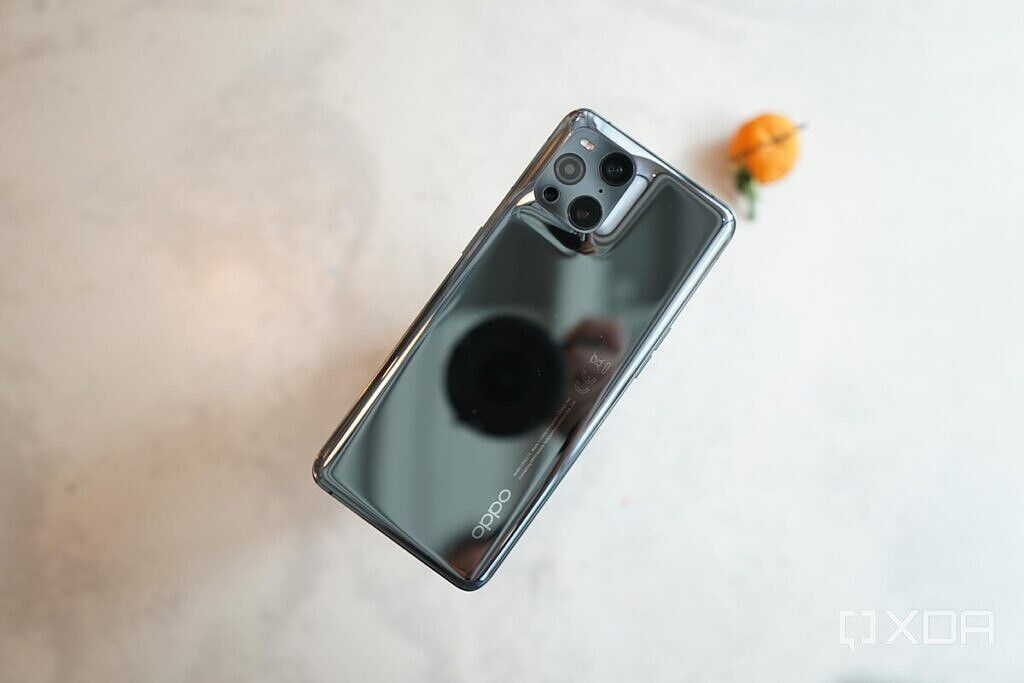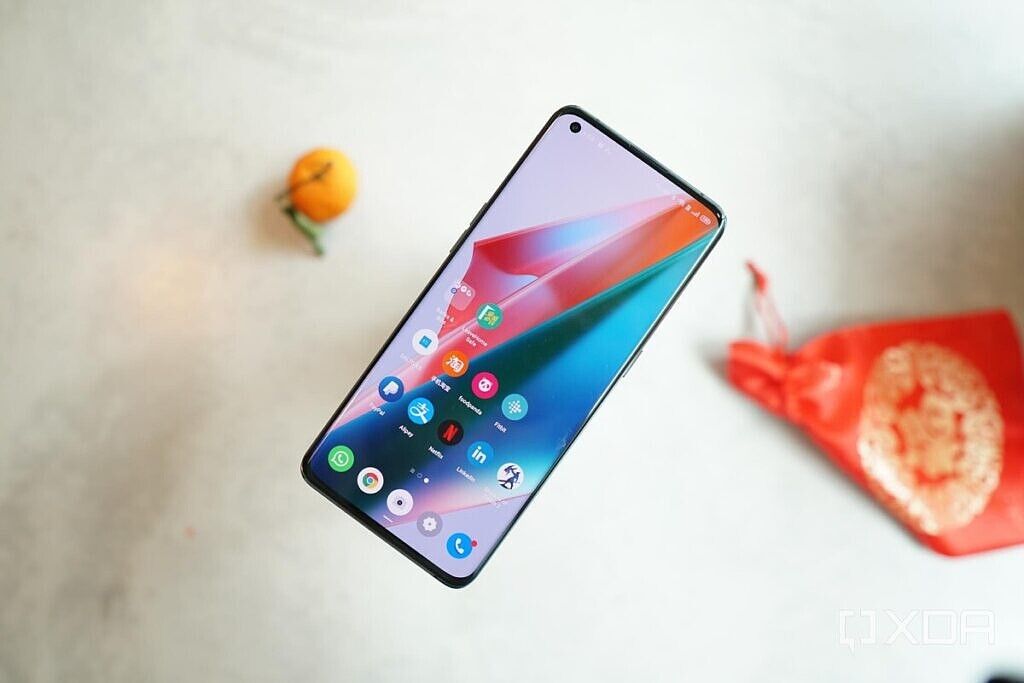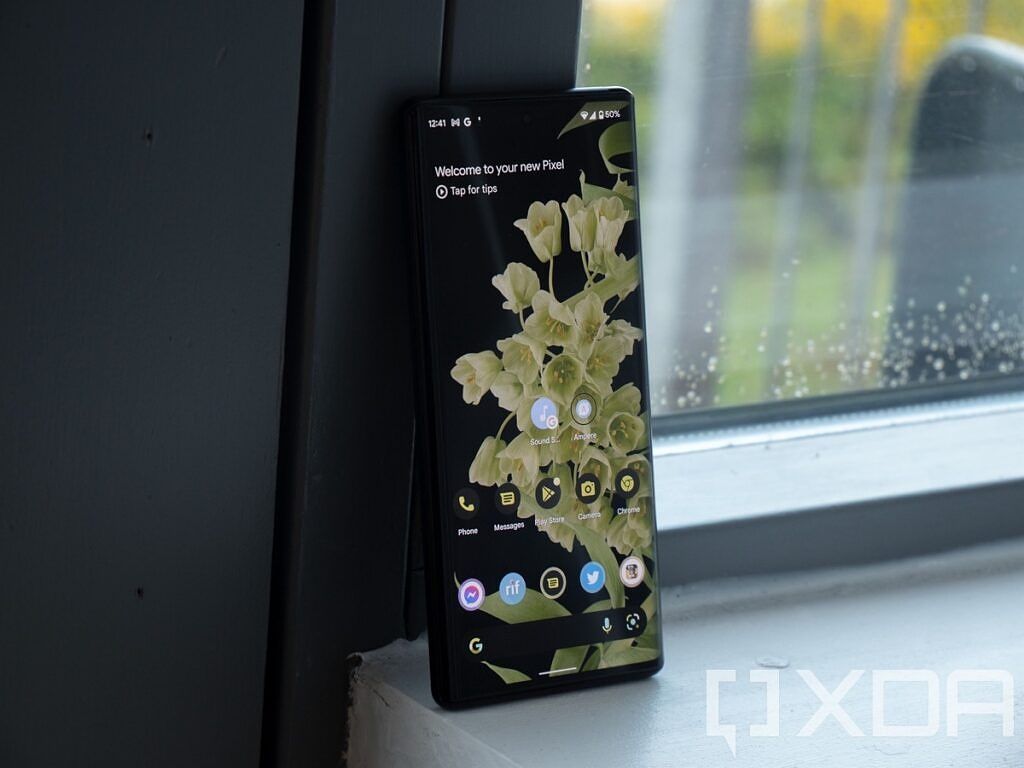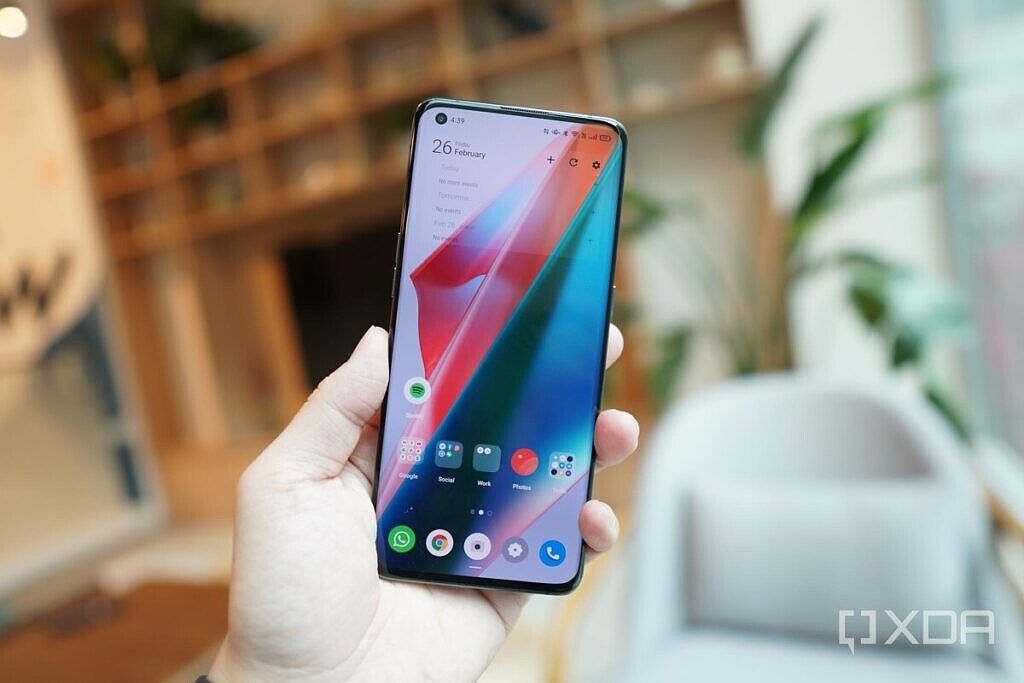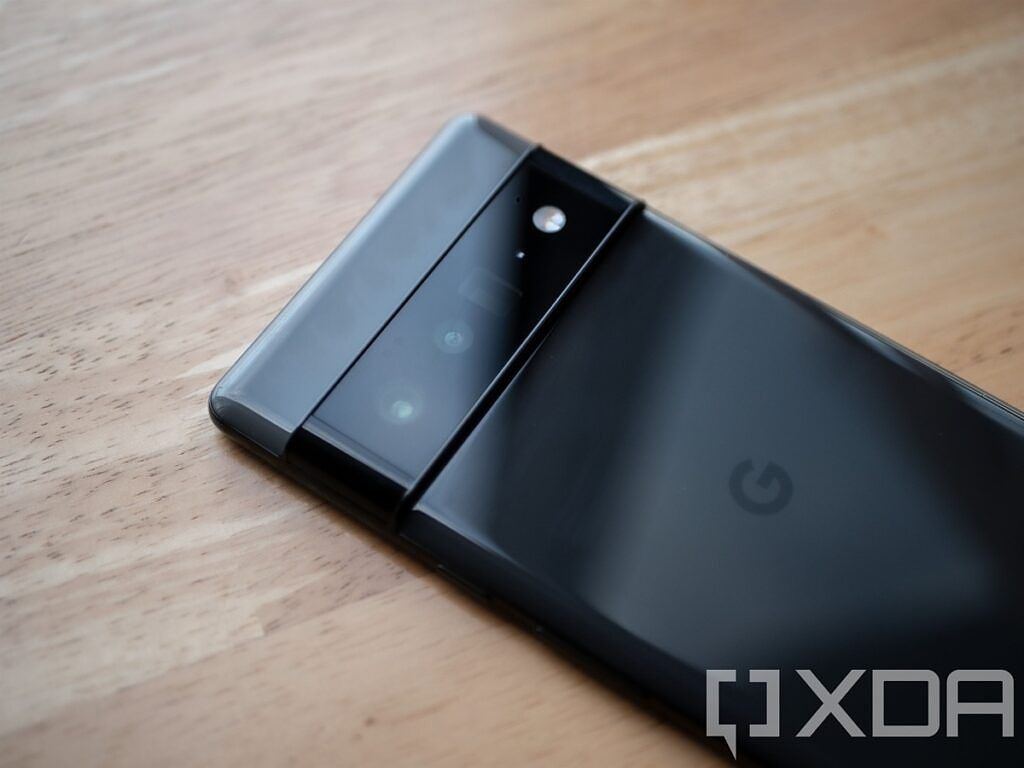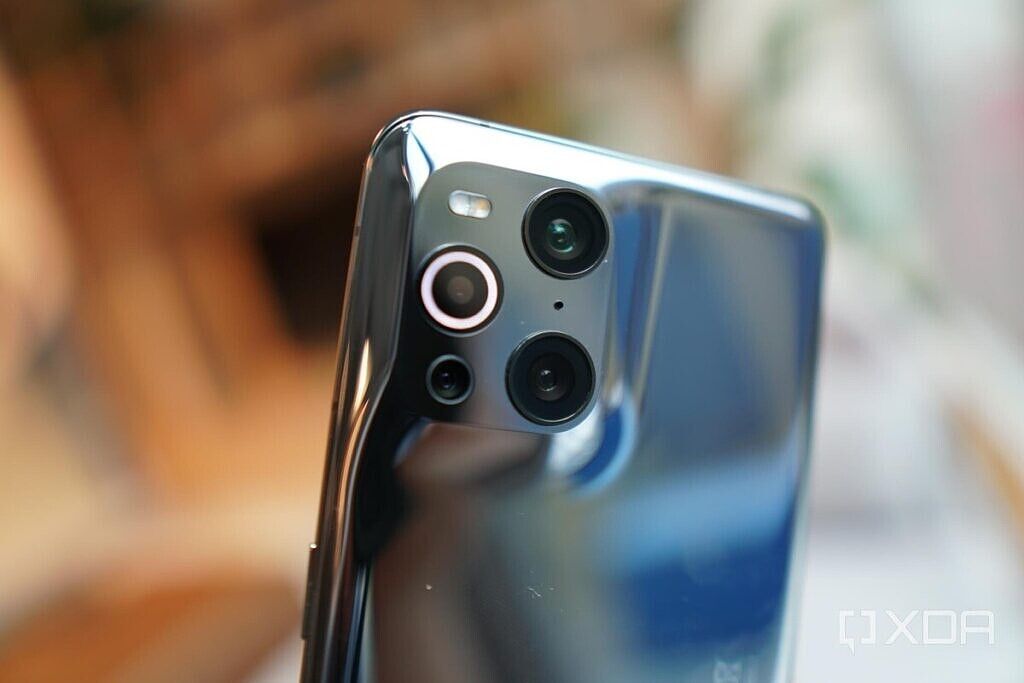The Google Pixel 6 Pro is a fantastic phone that gets a lot of things right. It may not be the best in every category, but we think it performs well, offers a great set of cameras, and has all-day battery life. It offers a well-rounded experience, and you can learn more about it in our Google Pixel 6 Pro review. We've already pitted the Google Pixel 6 Pro with a bunch of flagship phones out there. In this article, we're going to take a look at the Google Pixel 6 Pro vs OPPO Find X3 Pro comparison to find out which one's better.
The Find X3 Pro isn't OPPO's latest flagship as the company recently launched its successor, the Find X5 Pro. That being said, the OPPO Find X3 Pro is still a solid option for most people. There's a lot to like about the Find X3 Pro and it starts with the camera. We suggest you read our OPPO Find X3 Pro review to learn more about this phone, but the key takeaway is that it offers a really strong main camera, arguably the best ultra-wide camera, and unique micro-lens. It also has great hardware overall with features such as fast charging, wireless charging, and more. This is going to be an interesting matchup, so let's get started.
Navigate this article:
Google Pixel 6 Pro vs OPPO Find X3 Pro: Specifications
Before we jump into the comparison, let's first take a look at the specifications of each phone to find out what each of them brings to the table:
|
Specification |
Google Pixel 6 Pro |
OPPO Find X3 Pro |
|---|---|---|
|
Build |
|
|
|
Dimensions & Weight |
|
|
|
Display |
|
|
|
SoC |
|
|
|
RAM & Storage |
|
|
|
Battery & Charging |
|
|
|
Security |
|
|
|
Rear Camera(s) |
|
|
|
Front Camera(s) |
|
|
|
Port(s) |
USB 3.1 Type-C |
USB 3.1 Type-C |
|
Audio |
Stereo speakers |
|
|
Connectivity |
|
|
|
Software |
|
ColorOS 11.2 based on Android 11 |
|
Other Features |
|
|
Looking at the specifications, it's safe to say that both of these phones are on par with each other on paper. Both devices came out in 2021, so they can't be deemed "old" just yet. Let's jump into individual sections to see how they perform.
Design & Build Quality
Both the Google Pixel 6 Pro and the OPPO Find X3 Pro look a lot different from each other. While they both have a glass sandwich design with an aluminum frame in the middle, the OPPO Find X3 Pro looks significantly different from the Pixel 6 Pro. The Google Pixel 6 Pro, as you can see, has this massive camera visor at the back that houses all the camera sensors. It runs across the width of the phone, meaning your Pixel 6 Pro isn't going to rock on the desk while lying flat. The OPPO Find X3 Pro, on the other hand, has a camera bump on one side, as most phones do. But the bump on this device is a part of the single piece of glass that smoothly rises up to accommodate the cameras.
Design is entirely subjective, so we'll leave it up to you to decide which one looks the best. That being said, OPPO definitely earns some brownie points for trying something new. The camera module's curves, as you can see in one of the images below, reflect light in various directions and shades, and it looks very elegant and fluid. As we mentioned in our review, it resembles the look of the liquid metal T-1000 in the film Terminator 2: Judgement Day. The Pixel 6 Pro's camera visor looks like the visor on Thomas Bangalter’s Daft Punk helmet. So the Terminator 2 or Daft Punk look? You decide.
On the front, you're looking at a curved AMOLED panel on both phones but the Find X3 Pro has a punch-hole selfie camera cutout on the left-hand side whereas the Google Pixel 6 Pro has a cutout on the center. But besides that, the displays are very similar to each other physically. Both phones also have almost the same amount of bezels around the screen, and we can't really notice a significant difference between the two. It's worth pointing out that the OPPO Find X3 Pro has the volume buttons on the left side and the power button on the right. The Google Pixel 6 Pro has all buttons on the right side. But the power button is above the volume rocker on the Pixel 6 Pro, not below.
As far as the dimensions go, both phones have almost the same footprint, but the OPPO Find X3 Pro is slightly thinner and lighter than the Pixel 6 Pro. It measures 8.26mm in thickness and weighs 193 grams as opposed to the 8.9mm thickness and 210 grams weight of the Pixel 6 Pro. This, and also the lack of any sharp edges on the Find X3 Pro makes it very comfortable to hold. The Pixel 6 Pro, on the other hand, can be a little unwieldy because it is also a very slippery device. Both phones have a curved display, though, so you might take a while to get used to them if you're coming from a smaller device with a flat display.
On the durability front, both phones have an IP68 rating for dust and water resistance, which is great. Google, however, is using Gorilla Glass Victus for both the front and the back of the Pixel 6 Pro whereas the OPPO Find X3 Pro comes with Corning Gorilla Glass 5 panels. Both are made out of fragile glass, and they're bound to break or get cracked if/when they take a significant hit. So we suggest you turn towards a good quality case to protect these phones. You can check out our collection of the best Google Pixel 6 Pro case to find some of the best options out there.
Display
The Google Pixel 6 Pro features a 6.71-inch, curved 120Hz OLED LTPO display with a center-aligned punch-hole camera on top of the display. It supports a maximum resolution of 3216 x 1440 pixels with 512PPI. It also comes with HDR support and a full 24-bit depth for 16 million colors. This particular display gets comfortably bright, up to 800 nits with auto-brightness on, and it also gets really dark, making it perfect to be used in dark rooms or at night. Notably, there's also an "extra-dim" option to further lower the brightness of this panel.
It's worth pointing out that this is a gen-one LTPO panel that can only go between 10Hz to 120Hz. Modern flagships including the Galaxy S22 Ultra use an LTPO 2.0 panel that can vary refresh rate between 1Hz to 120Hz. Not necessarily a deal-breaker, but we think it's worth mentioning. The Pixel 6 Pro also features an optical under-display fingerprint reader, which we found to be pretty accurate and responsive. But it looks like not all Pixel 6 Pro units have a reliable fingerprint reader, so you might want to keep that in mind, especially if you're using a screen protector.
The OPPO Find X3 Pro also features a very similar 6.7-inch QHD+ AMOLED LTPO with a maximum resolution of 3216 x 1440 pixels. The pixel-per-inch count is slightly higher here coming in at 525PPI, although it's virtually indistinguishable from the Pixel 6 Pro in terms of the sharpness. The Find X3 Pro is the company's first phone to make use of its “Full-path Color Management System,” which supports an end-to-end 10-bit color solution. It means this phone can shoot, store, and display photos in 10-bit colors, which offers up to a billion possible colors. So if you are an enthusiast who cares about color accuracy, then you'll find plenty to like here.
It's once again worth noting that the Find X3 Pro also uses a first-gen LTPO display which means the refresh rate can only go between 10Hz to 120Hz. It has a maximum brightness of 1300 nits, so it should technically be brighter than the Pixel 6 Pro's panel. The Find X3 Pro also has an in-display fingerprint scanner which we had no issues with whatsoever.
Internal hardware
One of the most important things about the Pixel 6 Pro is inside it, Google's new Tensor chip. That's right, Google is leaving off-the-shelf processors from Qualcomm and MediaTek behind in favor of its first custom processor. In addition to powering the phone, the Google Tensor chip also has a lot of AI-based customization to enhance the overall experience when it comes to the camera, gaming, and more. According to Google, its Tensor chip is on-par with Qualcomm's Snapdragon 888 processor in terms of performance. And in our experience, that's true. Google's first custom chip was able to hold its own during our review period.
Google's Tensor being on par with the Snapdragon 888 is particularly good for this comparison because the Find X3 Pro is powered by the said Qualcomm chipset along with Adreno 660 GPU. While you may see some differences in benchmark numbers, we think they both deliver a good overall experience when it comes to day-to-day workloads. The Find X3 Pro packs a Vapor chamber and graphite cooling solution to tame the internal temperature under load.
The base variant of both phones has 12GB LPDDR5 memory but you get more storage with the Find X3 Pro. That, however, is only true for the base variant because 256GB is the only storage variant you can buy for the Find X3 Pro whereas the Pixel 6 Pro is available with 128GB, 256GB, and 512GB. So if you are a data-hoarder or somebody who likes to capture and store a lot of photos and videos, then you might be better off buying the Pixel 6 Pro. At least you get UFS 3.1 storage with both phones, so that's good.
Moving on to the battery department, the Pixel 6 Pro has a slightly bigger battery coming in at 5,000 mAh. The OPPO Find X3 Pro falls a little bit short with its 4,500 mAh battery but it makes up for it with its other battery chops. For starters, you get 65W SuperVOOC 2.0 fast wired charging support with the Find X3 Pro which can fully charge your phone in approximately 35 minutes. The Pixel 6 Pro, on the other hand, can only do 30W fast charging with USB PD 3.0. As for the wireless charging, the Find X3 Pro is once again faster here with its 30W AirVOOC fast wireless charging support. The Pixel 6 Pro only supports 23W fast wireless charging. Both phones, however, also support reverse wireless charging for power-sharing. Luckily, both phones come with a charger inside the box unlike a lot of other modern flagships, so no issues there either.
Camera
The Google Pixel 6 Pro's cameras are wholly new, complete with new sensors, new lenses, and smarts. Google has finally updated the camera hardware in the Pixel line and the 6 Pro now packs a 50MP Samsung GN1 primary camera, a 12MP ultra-wide camera, and a 48MP telephoto camera. The Samsung GN1 camera sensor is the same one that powers the Vivo X70 Pro Plus, and it's an excellent unit, to say the least. We highly recommend you check out our Google Pixel 6 Pro and Vivo X70 Pro Plus camera showdown and see the results for yourself.
This is an interesting camera comparison because the OPPO Find X3 Pro is also a solid contender in this department. It packs a fantastic 50MP Sony IMX766 sensor with an f/1.8 aperture, OIS+EIS, and Omni-Directional PDAF. The secondary camera is also a 50MP Sony IMX766 sensor with an f/2.2 aperture. This uses an ultra-wide lens with 110° FoV and EIS. Additionally, you also get a 13MP f/2.4 telephoto lens with support for 2x optical zoom, 5x hybrid zoom, 20x digital zoom, EIS, and AF. Lastly, there's the 3MP f/3.0 microlens with 60x magnification. The OPPO Find X3 Pro clearly has a more advanced camera system out of the two, so you already know which one to pick if you want a more versatile shooter.
Out of all the cameras, we think the Find X3 Pro particularly shines with its ultra-wide and microlens. We'd go as far as to say that the Find X3 Pro has the best ultra-wide cameras in this segment. Even the microlens can capture some impressive shots, as seen in our full review. That's not to say the Pixel 6 Pro is bad when it comes to photography. Pixel 6 Pro has one of the most reliable cameras on the market, which just works flawlessly to capture the best moments.
As for the selfie camera, the Pixel 6 Pro features an 11.1MP f/2.2 camera whereas the Find X3 Pro steps up the selfie game with its 32MP Sony IMX615 sensor with f/2.4 and EIS. On the video front, both phones can record 4K at 30fps or 60fps, and 1080p at up to 240fps. The Find X3 Pro can also do 720p videos at 30fps, 60fps, or 480fps for slow-motion footage. The Pixel 6 Pro has a slight advantage over the Find X3 Pro as it can record 4K footage at up to 60fps with its selfie camera. The Find X3 Pro can only do 1080p at 30fps.
We're adding camera samples captured from both the Pixel 6 Pro and the Find X3 Pro below, so be sure to have a look. We have a lot more samples and even video recordings in our full review write-up of these phones.
Google Pixel 6 Pro camera samples
OPPO Find X3 Pro camera samples
Which one to buy?
Both the OPPO Find X3 Pro and the Google Pixel 6 Pro came out last year and it's safe to say that they're both aging quite well. Both phones have all the power and smarts to go against the latest flagships on the market. We're looking at two great flagship phones from last year with great design and build quality overall, reliable performance, great cameras, and good battery chops too. Sure, there are noteworthy differences between the two that make one of them arguably better than the other. The OPPO Find X3 Pro, for instance, has a more advanced camera system to include what we think is the best ultra-wide camera in this segment. The Find X3 Pro also charges faster, be it wired or wireless charging.
That being said, you have 256GB as the only storage option with the OPPO Find X3 Pro whereas you can add more storage to the Pixel 6 Pro so long as your budget allows for it. The software is also an important part of the discussion. The Pixel 6 Pro comes with stock Android 12 to offer the vanilla Pixel experience while the Find X3 Pro is now running on ColorOS 12 based on Android 12. This boils down to your personal preference, but we think the ColorOS has evolved a lot over the years and it offers some great features overall.
Lastly, there's the pricing which is in favor of the Google Pixel 6 Pro. For a starting price of $899, you get the latest and greatest hardware from Google, one that holds its own in various aspects going against even some of the modern flagships out there. While the Find X3 Pro may seem superior in some cases, it also costs quite a bit more outside Asia. Sure, the Find X3 Pro has seen some price cuts following the launch of the Find X5 Pro, but it's still on the pricier side, coming in at £949 in the UK, which roughly translates to around $1,170. The base variant of the Pixel 6 Pro in the UK goes for £849, and this pricing trend is similar in other regions too.
All things considered, we think the Google Pixel 6 Pro is the one that offers the most value for money. The Find X3 Pro is definitely better than the Pixel 6 Pro in some areas but it also carries an expensive price tag, so keep that in mind. And if you are somebody who's willing to spend more for the added advanced features then even the newer Find X5 Pro isn't too far coming in at £1049.
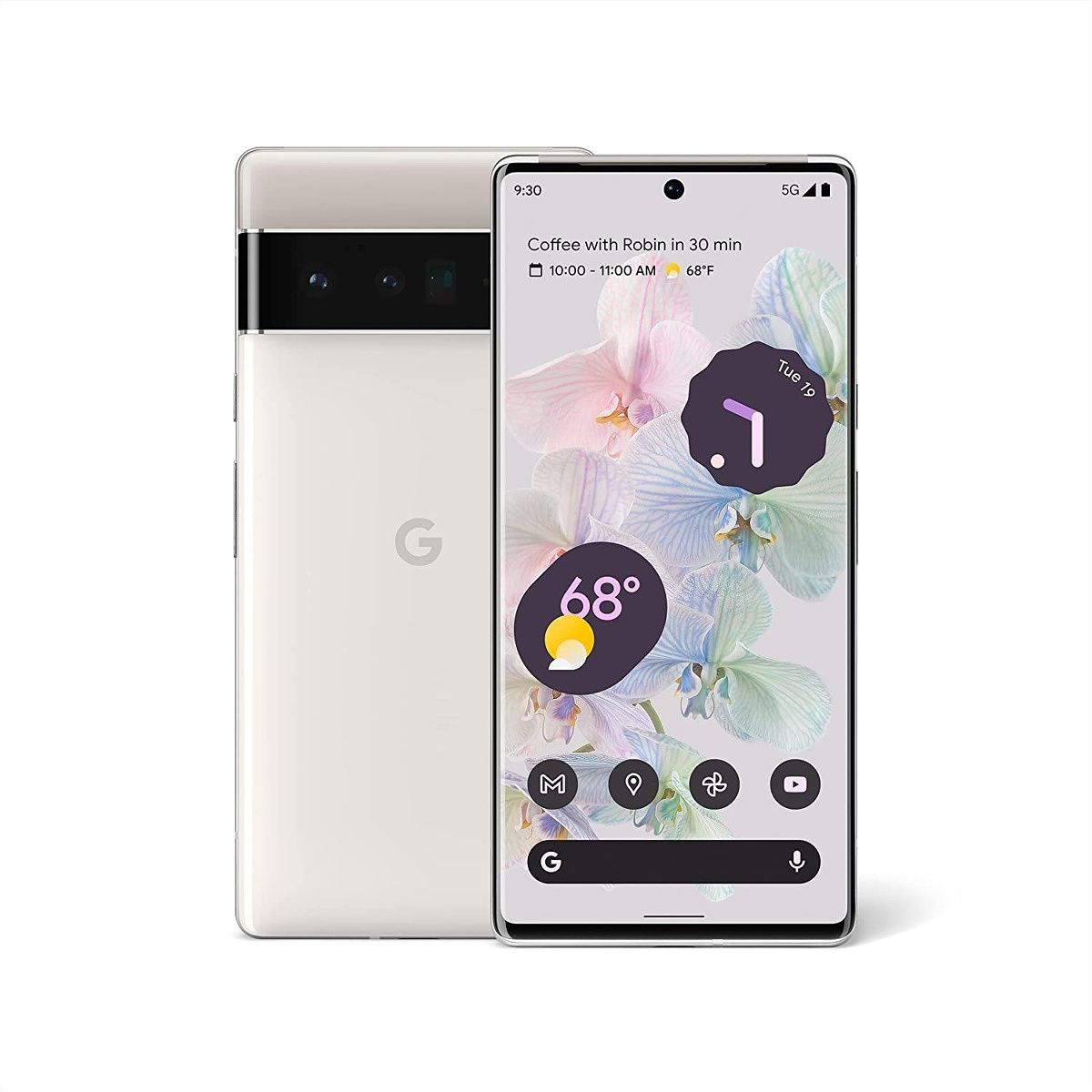
Google Pixel 6 Pro
The Google Pixel 6 Pro is the latest and greatest flagship smartphone from Google, and it has a lot to love. It's not perfect, but it's the best Google phone yet for sure.
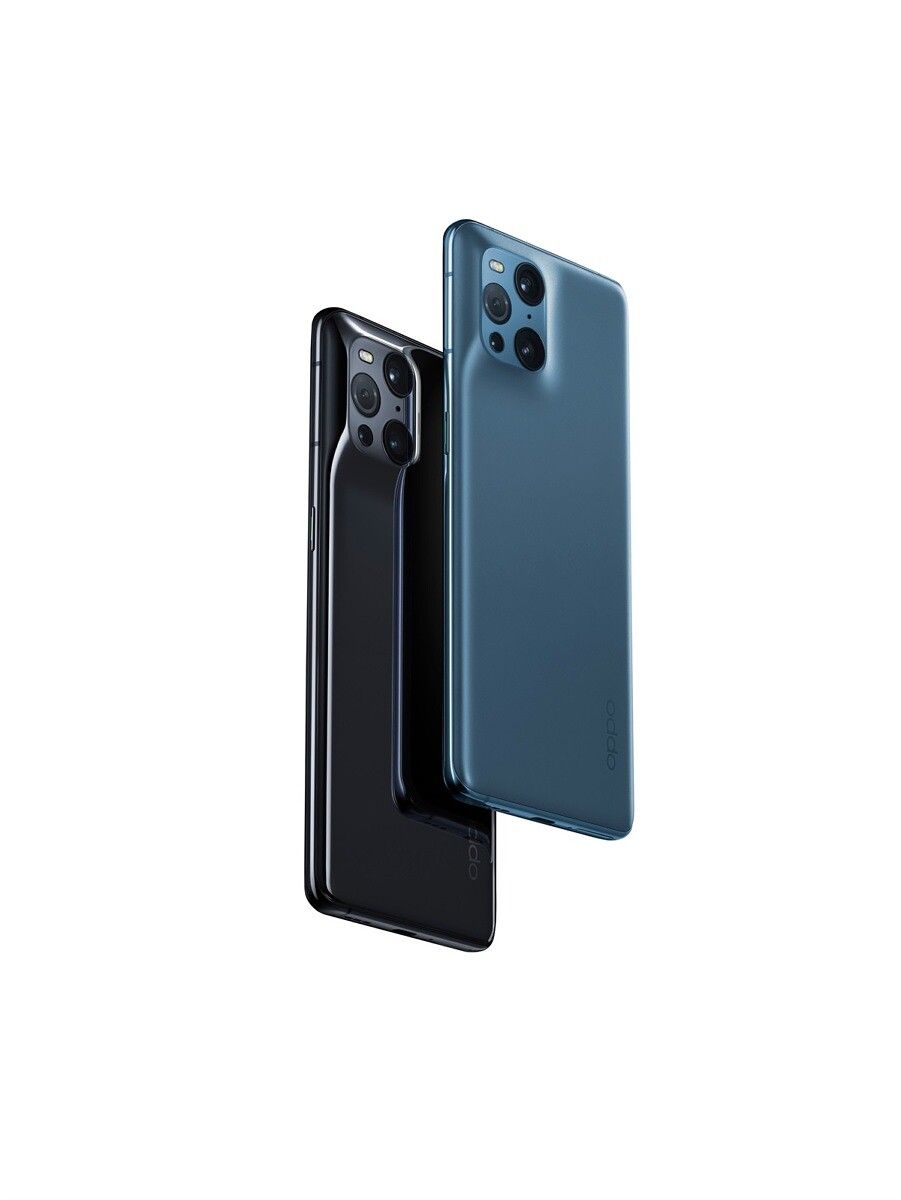
Oppo Find X3 Pro
The OPPO Find X3 may not be the latest flagship from the brand, but we think it still offers great hardware and plenty of good features to age well over time. It has also seen some price cuts over the last few months, making it a solid option to consider now.
You can buy both phones using the links given above. If you decide to go with the Pixel 6 Pro then be sure to visit our best Pixel 6 Pro deals page to see if you can save some money on your purchase. Alternatively, you can also take a look at our collection of the best phones to see if you find some other good options to explore before making a purchase decision.

